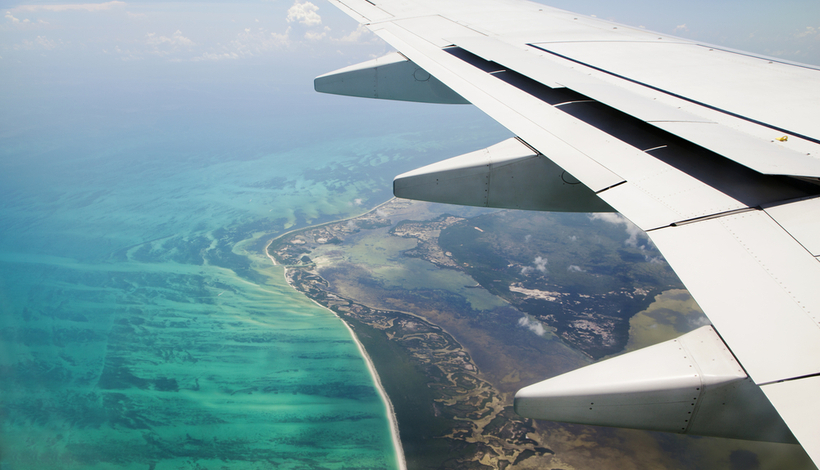Throughout the summer and the fall of 2020, it has been a challenge for all schools to repopulate their campuses. In addition to state requirements, local conditions, and parent concerts, boarding schools with international students face additional challenges to get students back on campus. The primary issues are twofold: new students acquiring visa appointments, and travel restrictions for students entering the United States from certain countries (e.g. China). Not much can be done by a school for visa appointments, as embassy offices remain open, closed, or with limited appointments based on the local conditions in the foreign country. The second problem, that of travel restrictions for certain countries like students traveling from China, does have a solution: the third-country entry.
In late October, Thomas Jefferson School organized and chaperoned a trip to Mexico in order to help students arrive back on campus. The plan came about because families did not want to navigate their own third-country entry plans, and because of skepticism about changes to travel restrictions in the near future.
Third-country entry for students is necessary because anyone entering the US from restricted countries, like China, must spend 14 calendar days in a third country that does not…


